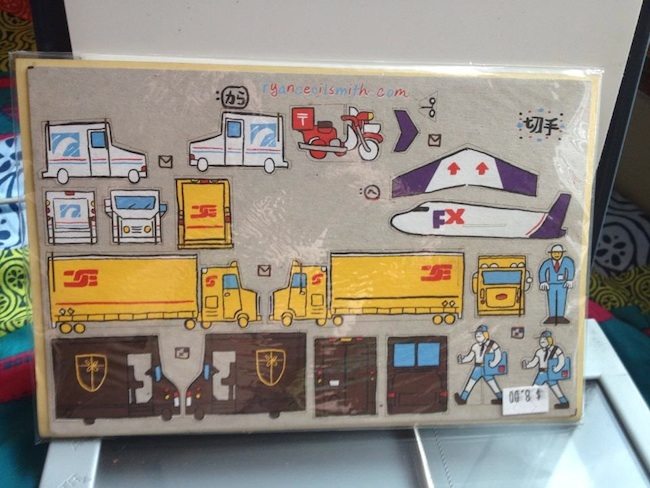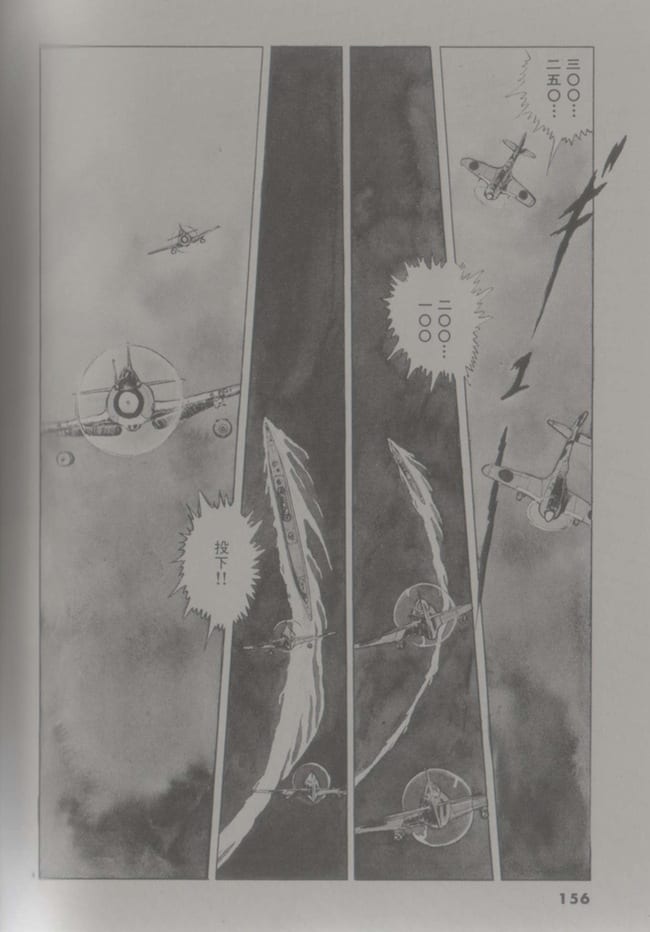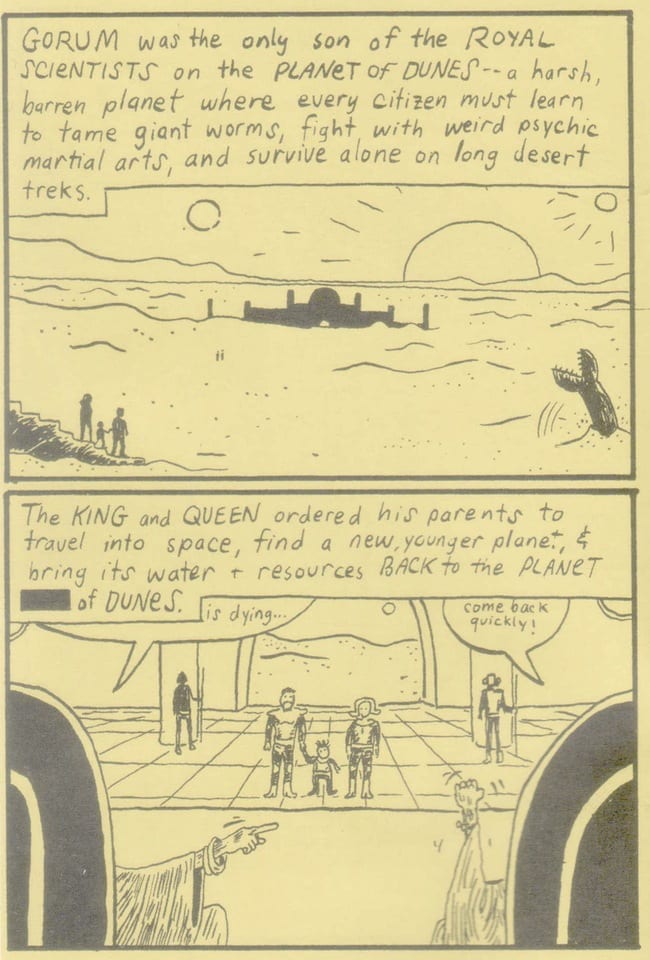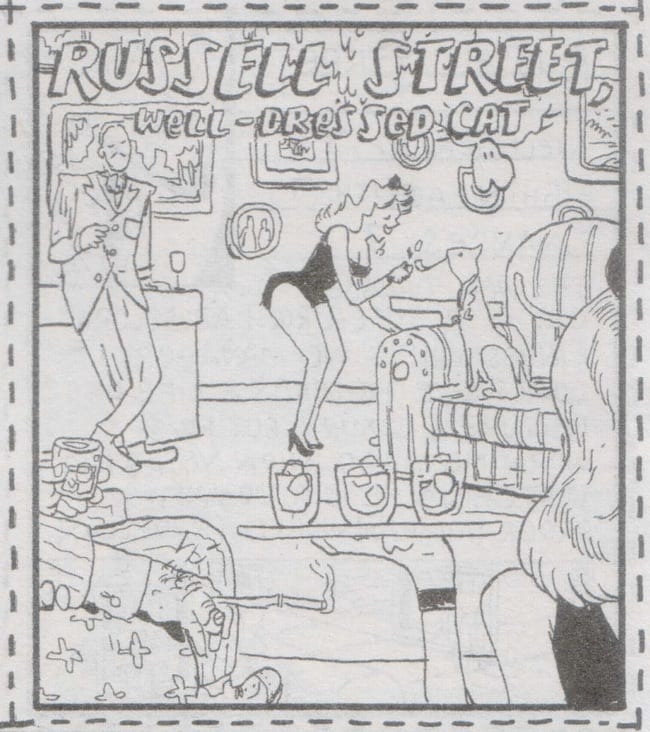
Ryan Cecil Smith makes striking print comics. The labor behind them is readily apparent. Rigorous, playful, accessible, and personal, his books respect a reader’s need for entertainment while being generous, too, in their depth of meaning.
There’s no shortage of thought put into what's negotiated beneath the gorgeous sheen of Smith's pulp-inflected surfaces, and his two ongoing series, SF and Two Eyes of the Beautiful [both recently returned to print in their entirety], are case studies in how to do genre work rich in broader implications. From the exquisite care put into his books’ production to the outwardly loose inventiveness of his stories and premises, Ryan’s work delivers integrity and variety, each book formed around aesthetic premises that seem authoritative and informed. All the same there’s much about his work that feels gleefully unfettered, a quality borne out most fully in his wavering exploratory marks and lines.
After years of reading his work, I contacted him late last year, after which point we had the following conversation—which has been edited down from a series of Skype-based talks. In interviewing Smith, I found him to be very much like his work—demanding, incisive, and good-humored—as well as uncommonly articulate about how he approaches his own process. I appreciate Ryan's taking the time to talk to me, even from across the Pacific.
A Real Clear Picture

George Elkind: S.F. #3 come out not so long ago from Koyama Press. That's your first work with a publisher aside from anthologies, right?
Ryan Cecil Smith: Yeah, that’s right.
I can tell from the production work you put in [via design, printing, etc] that self-publishing seems to be its own sort of passion for you, even aside from the cartooning element.
Yeah, I think so—sometimes I think that I should only care about the story, but from where I come from [Ryan studied printmaking at the Maryland Institute College of Art] they’re wrapped up in each other. You know, the production and the cover and the way you come into a book and the way everything is presented… to me that’s all wrapped up in your experience of it. So, yeah, it’s hard for me to separate the production from the content. Usually when I make a thing—I mean, this could change, but usually I have a real clear picture of how I want it to appear to the reader.
So in the case of the self-published books… since I’ve lived in Japan, I haven’t had access to really nice screen-printing equipment, like I had while I was in college. And man, if I had that now? Especially since as a student you can get into the studio for free and use all their stuff? Of course you’re paying for it, but that’s still really nice. But since I’ve been in Japan, I guess I’ve relied on “printo-gocco” or “Gocco Printer?” The homemade screen-printing kit. And that’s how I used to print my covers to my books. But it’s hard, it’s very time-consuming, and it’s not even that high-quality of a print. So I stopped doing that and I just used Risograph printing. Risograph machines are very common here. And I mean, or I guess… I just think about how it’s gonna get printed when I make the book. And I like the effect that a Risograph gives. But at the same time, when you’re dealing with Risograph you are kind of dealing with knowing the quality level that it’s gonna give you—and it’s nice knowing, with this last one [SF#3], that the print is gonna be smooth and of good quality, and also that I can add a flourish or two—and that it’s gonna look like a real book.
Well, I have most of your work in front of me here—or what I’ve been able to get a hold of, anyway. And it seems like for all these books, you’ve always included some kind of… I guess a “flourish” is a good way to put it.

Well, I find it hard to get excited when I’m not pushing myself in some way. And that could be pushing myself in any way—that could be in terms of making a book bigger, or making a story longer than anything else I’ve done. Or, I mean, doing a CMYK color cover is something I’d never done. Even with the reprints I’m doing now, it’s just a matter of doing more colors and integrating them better. It just means pushing the envelope, and just pushing my envelope, and doing stuff that I haven’t done. That’s really essential for me.

Sure, that makes sense. I do want to ask, though—you basically have two main series going; you’ve got Two Eyes of the Beautiful and SF as well. And they’re both framed as franchises in a way, with a sense of what I guess I’ll call “branding” involved. Like, Two Eyes is labeled as “A Grotesque Horror Manga” on its covers, and SF will have these sort of taglines. That interests me, because it’s at odds with making these very personal, hand-drawn and carefully printed objects.
Well, there are two ways to answer that question. One way is that when I started the series… I think, for me, it’s not deliberate, but I think it’s kind of comics’ history and kind of comics’ language to do issues. Just to have a serial format seems kind of natural, so that’s just kind of how I wrote them. So, when I made Two Eyes #1, I kind of sampled, or took a part from, a very, very big manga—and one that was specifically part of a longer story, and I kind of did my own version of that. So, in that case, and maybe because of that, I guess I didn’t feel like I needed to make a complete story? Like, for me, I didn’t need to make a beginning-middle-end sort of thing [with each story in the series]. I don’t feel that. I feel comfortable with the books being, I guess, in a continuum.
And SF#1, that was a little bit more creative. It’s inspired by a [Leiji] Matsumoto manga, but the story is very very loosely based on one book that he made. In fact, I wouldn’t even say “based on”—it just has imagery from one book, so it’s a totally original thing. So I could’ve done it in any way that I wanted to. I’m just comfortable in that language—I say “language,” but I mean that way of crafting a story, and it being in continuum. It’s maybe a cliché, but it’s a format—and I like the format, so I just did it. And I know, because I like those kind of stories, that it’s handicapped because each issue isn’t a whole thing. But for what it is, which is a kind of comics series—I feel comfortable making a kind of good one, and kind of ending it in that way.
Yeah.
More comfortable than kind of crafting a beginning-middle-end. So instead of trying to do that and finding it really hard, it was easier for me—I felt—to do a good job with a thing within a series. So the point is, in the beginning, it was natural for me to think of them each as a series.
Sure.
So that’s kind of the correct way that I can say it. But it’s also fun—it’s just fun to do it that way. But the other way I think about it is that there’s this quote from the Nintendo person, Shigeru Miyamoto—and he said something like, “You know, people criticize the games. ‘It’s Mario, it’s Mario, just do something new.’” And he said, “You know, because we have Mario, we can actually do anything we want. People are gonna buy it because it’s Mario. So I can make any kind of new gameplay that I want.”
Okay.
So to me—especially with SF—having an SF “universe” justifies doing weird things. You know, I can say, “It’s part of this thing that you can understand.” I think SF#1, of the series, is easily, easily understandable. It’s a series about a little boy and a space team. But because I do that, it’s an excuse to do something weird. Like, um, SFSF#1 [the second book to come out in the series] was a weird character story, super-compressed. But I couldn’t do such a weird compressed story if there wasn’t some context. But there was. And SFSF #2 was so weird... I mean, it’s just an excuse. Having a series with an identity gives me an excuse to do weird things. That’s how I think about it.

Well, that book is a really interesting tangent in that it’s kind of a “cover” of this [Leiji] Matsumoto story.
Yeah.
And all of SF, it’s kind of evoking that artist, if not as thoroughly as in SFSF#2. I haven’t read much of his stuff, it’s not so accessible here, but—

Yeah, I think for me the mood of Matsumoto is really cool, because it’s not like anything I’m really used to. It kind of opened my brain up to work on the SF series. Like, I’m able to make SF because I read Matsumoto. Where I think SF has a lot of deliberate nods—well, I know SF has a lot of deliberate nods to “Western” SF like Star Wars, and to science fiction in general? But I don’t think I would’ve been comfortable doing that without starting from Matsumoto. That kind of gave me an access point to writing this story. Like with starting from the side characters—I could go into the side characters from the point of view of having a main plot [as in SFSF#1], and then with point of view of having a main inspiration—which is Matsumoto—I can go into other things, too. But if I’d just started without Matsumoto, I don’t think SF would have a core.
So I think SFSF#2 is me kind of showing those stories to other people. But then around the time that I finished—after I finished all three of those zines—someone told me that Matsumoto is super-litigious. And I think what I did is exactly what he hates, which—you know, I feel bad about that. And when I learned that, it just meant that I stopped blogging about the series and stopped promoting it. Or—no, no, I think I figured it out after I printed the third one, because the first two were popular. But I couldn’t reprint them, because "what if Matsumoto finds out about it?" I would have had to stop selling them, and that’s after I had spent hundreds of dollars printing them that I’m not gonna get back. But the Supplementary Files are a cool way to take the SF stuff and kind of do it sideways? And I’ll try to do some other stuff sideways in SFSF#3.
I think I know what you mean, but can you talk a little about that word, “sideways?”

Well, I think the fun of working on SF is that with the middle of the story, I can do stuff with that isn’t just the plot of Hupa Dupa and Ace and Seductress. I mean, for me, it’s fun that I can kind of do other things—and that’s kind of what the SFSF series is about— it lets me just fill in stuff, like whatever I want to do. So I can kind of make it long, I could make it plenty long. I feel like I could make it really, really long. But I’m not sure how far I should go [with that]. Because, for me, it is fun to just kind of go into the other side characters.
Like, SFSF #1 wasn’t exactly a straightforward side story. I mean, SFSF #1 is just an origin story of a character who has a few lines in SF #1. And that’s very fun to do. And I could do that for other characters, too—like, I could do an eight-page story on Russell the Cat?

Yeah.
But instead it can be fun to do something different—like, SFSF #2 is not specifically in the same universe, strictly speaking, as the SF series? Whereas SFSF #1 is clearly part of the story. The same characters. But SFSF2 is just not really in the same universe [as the other SF comics]. And so, with SFSF #3, I could do something a bit differently. I mean, I could “cover” something different, or I could, um, just do a different location or anything. Like—if all the SF stories were just a side character, or a secondary character’s story? That would be a little bit boring. For me, that’s fun to do, but conceptually it’s more exciting to do something in a little bit of a different way.
(Continued)






